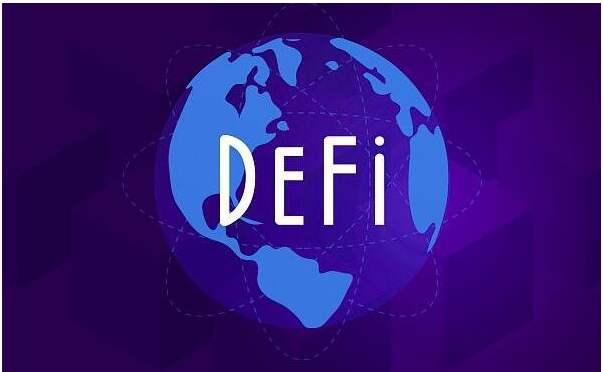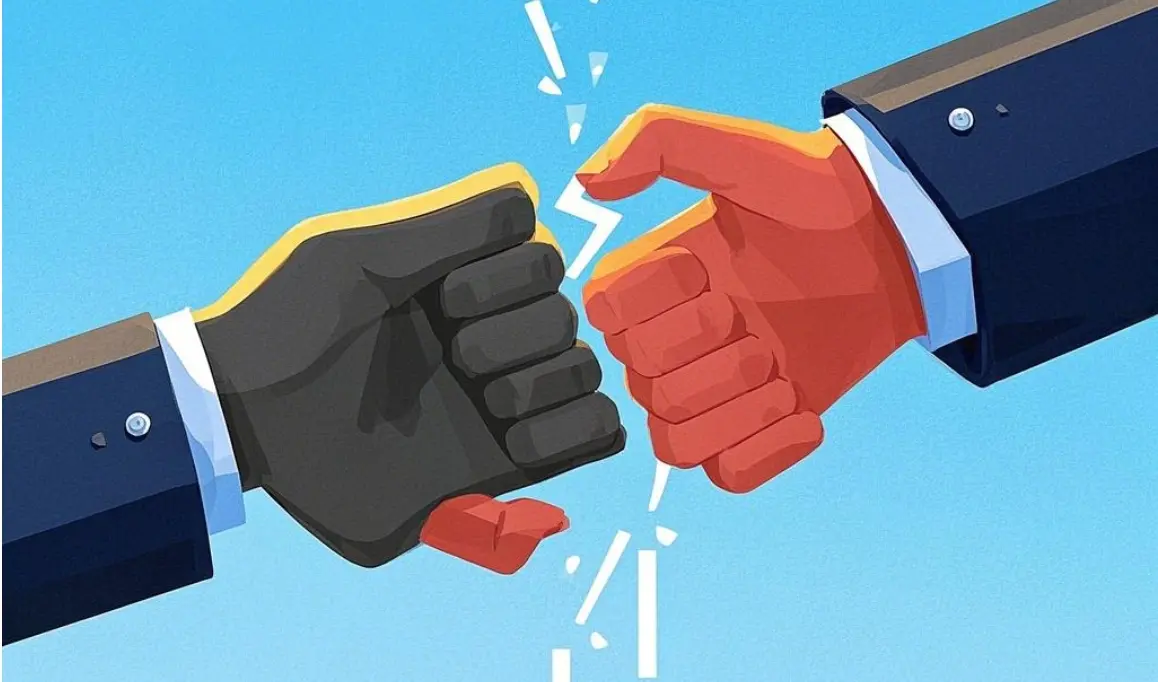Founder Wang Dong talks about why Loopring became the first Chinese project listed on Coinbase
This article was published on September 12, 2020, on the WeChat public account BitpushNews, authored by Liang Che.
1. "Coinbase is influenced by the wave of decentralization"
Wang Dong told Bitpush that about two years ago, Coinbase and the Loopring team had some contact at the Consensus conference in New York. However, at that time, Coinbase only had a basic understanding of the Loopring project and its market positioning, and Loopring had not yet conducted any development work related to zero-knowledge proofs.
Wang Dong stated, "Ultimately, that contact came to nothing. Our team is mainly Chinese, and Coinbase was primarily focused on some Western projects."
He also mentioned that Coinbase was promoting its custody services at the time, and projects using Coinbase's custody services could enter the token listing queue, but there was no guarantee of listing. Since Loopring did not have a need for custody services at that time, they did not contact Coinbase afterward.
Wang Dong revealed to Bitpush that Coinbase reached out to Loopring again about two months ago when the DeFi concept was being heavily hyped.
Wang Dong believes, "Coinbase may have been influenced by the wave of decentralization, so they adjusted their token listing standards and wanted to try some projects they found more interesting or that investors considered more interesting. Although the risks may still be relatively high, at least in terms of technological trends, it has certain representativeness. Although Coinbase itself cannot invest in it, they feel that this technological trend is very likely to be realized."
2. "The zkRollups developed by Loopring is quite exciting for Vitalik"
zkRollup is a scalability solution for Ethereum layer 2, where transaction validity is achieved through the use of zero-knowledge proofs, and data availability is maintained on-chain.
Regarding Vitalik's support for zkRollups, Wang Dong stated, "I think he was optimistic about Plasma technology before, and after zkRollups went live, he found it simpler and better to demonstrate, involving only technology without consensus, and not requiring a layer 2 consensus algorithm or nodes, making it as secure as Ethereum."
He mentioned that the previous bottleneck of this technology was the development cost of the zero-knowledge proof part, so although everyone theoretically believed it had great prospects, no one was willing to pursue it.
Wang Dong told Bitpush, "Vitalik may not have thought this could come out so quickly, so the zkRollups developed by Loopring is quite exciting for him. Additionally, he supports Loopring for another reason: Ethereum is currently too congested, so he also feels a lot of pressure, which relates to whether Ethereum can become a global value settlement network in the future, as it may not be able to handle more throughput now."
3. "DeFi has value, but the value is being overstated"
Wang Dong admitted that the recent hype around the DeFi concept has also benefited Loopring.
He told Bitpush, "Sometimes we label ourselves as DeFi, but looking at it now, we actually don't count as DeFi because we neither have lending nor leverage, nor liquidity mining. Essentially, we are still an infrastructure, a layer 2 scaling infrastructure. DeFi has benefited us, and we have also experienced some advantages and disadvantages of AMM (automated market maker) and liquidity mining through DeFi. There is indeed value in this, but this value is currently being overstated."
Wang Dong stated that influenced by DeFi, Loopring will also implement an automated market maker mechanism on Layer 2 in the future, very similar to the DeFi project Balancer.
He explained, "From a settlement perspective, we are essentially splitting Balancer into two parts. The first part is the buying and selling operations of ordinary users after the liquidity pool goes live. Currently, trading on Ethereum incurs fees of several dollars or even tens of dollars, while we can achieve fees of only one cent RMB or even lower on Layer 2, and the transaction speed will be very fast, so we have moved this part to Layer 2. The second part retains user deposit, withdrawal, collateral, and liquidity mining functions on Layer 1. We are just moving the highest frequency operations to Layer 2, so this can be seen as improvements inspired by DeFi at the protocol level."
- "The current AMM has a very low utilization rate of funds"
Regarding the currently hottest liquidity mining, Wang Dong told Bitpush, "Liquidity mining is about providing liquidity by accepting certain risks with idle funds. The entire design of AMM currently has a huge flaw, which is that it has a very low utilization rate of funds. Even with very small transaction volumes, it requires the liquidity pool to have dozens or hundreds of times the amount of coins to prevent slippage or price fluctuations from being too large. This is a major issue in DeFi's current design."
He believes that AMM needs to be smarter in the future, absorbing more inputs to adjust a curve, increasing the utilization rate of these funds, and allowing more funds to be available near the actual transaction points. Therefore, AMM still cannot replace centralized exchanges.
Wang Dong also mentioned that the current liquidity mining has many clever designs that keep the mined coins locked in their own ecosystem, which is a significant difference from the ICO boom in 2017. At that time, many coins were in the hands of individuals or institutions and could be sold at any time. Now, the amount that retail investors can sell is very small, which also causes its price to continue to rise.
- "In the future, there will be two concepts of decentralized exchanges (DEX)"
Regarding the development of decentralized exchanges, Wang Dong believes that there will be two concepts of decentralized exchanges in the future.
He explained to Bitpush, "Layer 1 will primarily use AMM on the mainnet, but in the end, there may only be a very few left. The selling point is that through composability, Layer 1 DEX can automatically trade with AMM, such as MakerDAO or Compound; this trend will not change. Layer 2 will mainly compete with centralized exchanges, expanding capacity on a secure basis, reducing costs, and improving performance to compete with centralized exchanges while not giving up certain composability. Compared to Layer 1, the utilization rate of funds will be very high. Initially, small coins may go on Layer 1, but if Layer 1 fees are too high, they may eventually have to move to Layer 2. Order books are more suitable for Layer 2, while AMM is suitable for Layer 1. At least at the contract level, it is on Layer 1, and at the settlement level, it is on Layer 2."
Regarding the security of decentralized exchanges, Wang Dong stated that, taking Loopring as an example, as long as there are no issues with the code, Loopring is a non-custodial exchange, and users' funds are in Ethereum contracts, with no centralized control over that address. Loopring does not do custody; deposits and withdrawals are essentially the settlement process, and Loopring is responsible for how to safely settle on Layer 2.
Wang Dong emphasized, "Although Loopring also does matching, essentially it has created a set of accounting systems outside of Ethereum through zkRollups, continuously settling through zero-knowledge proofs. Essentially, it is about achieving fast settlement efficiently and at low cost."










